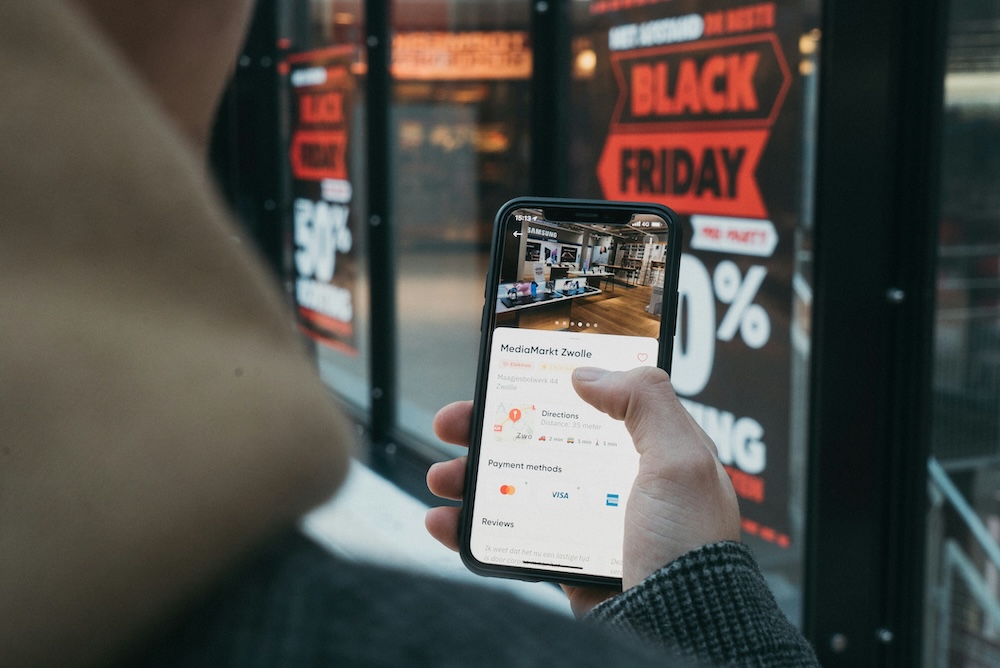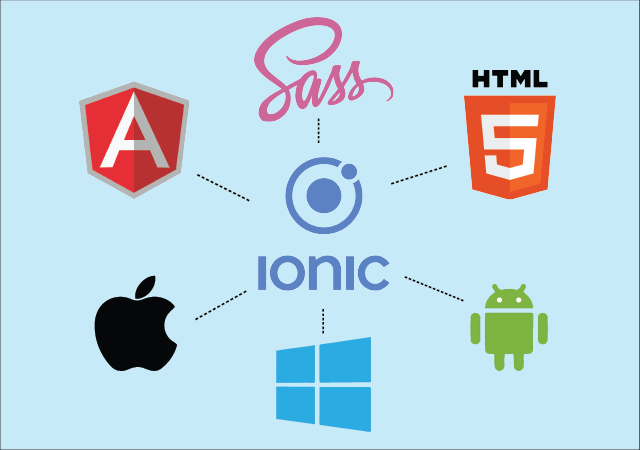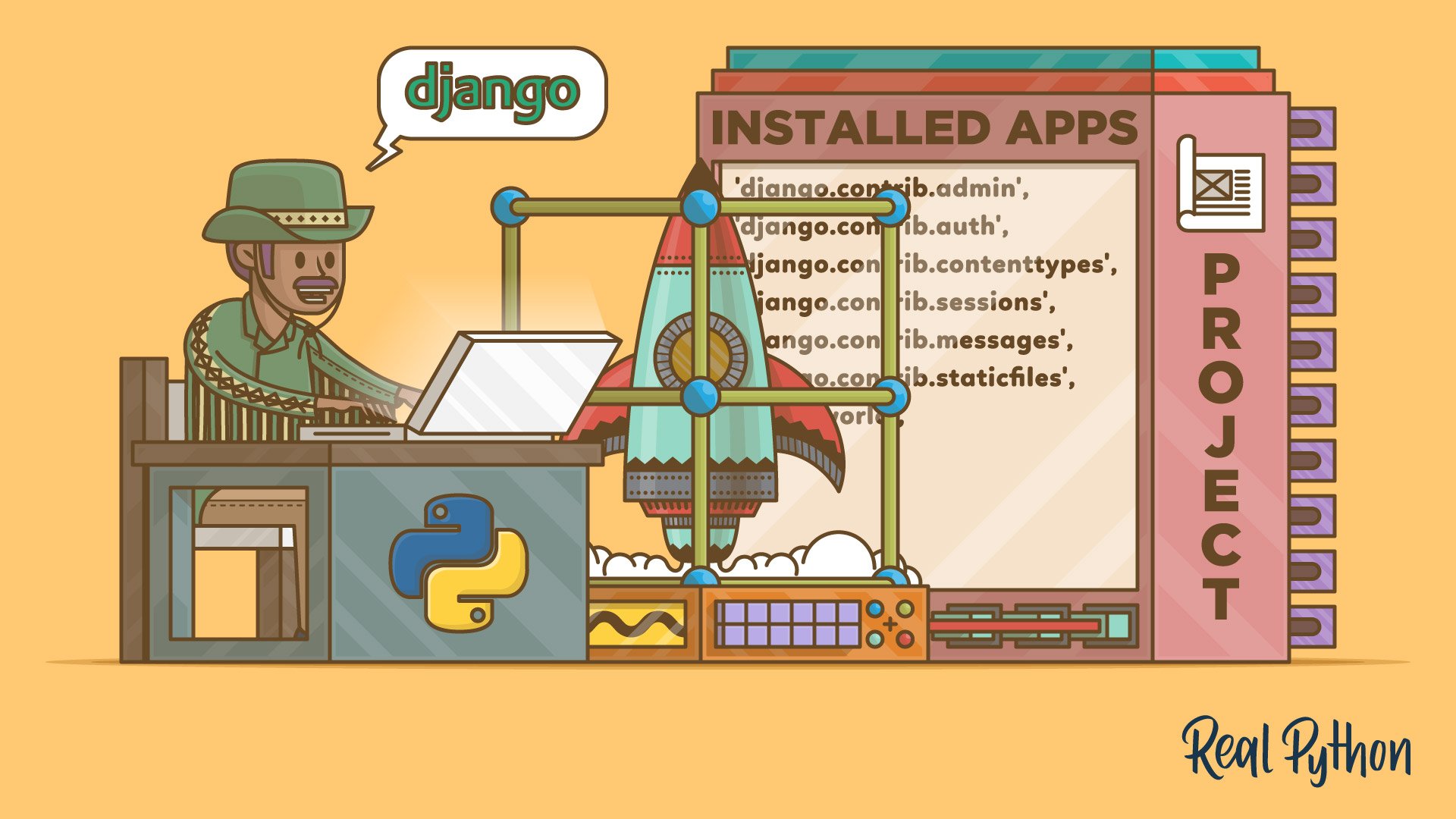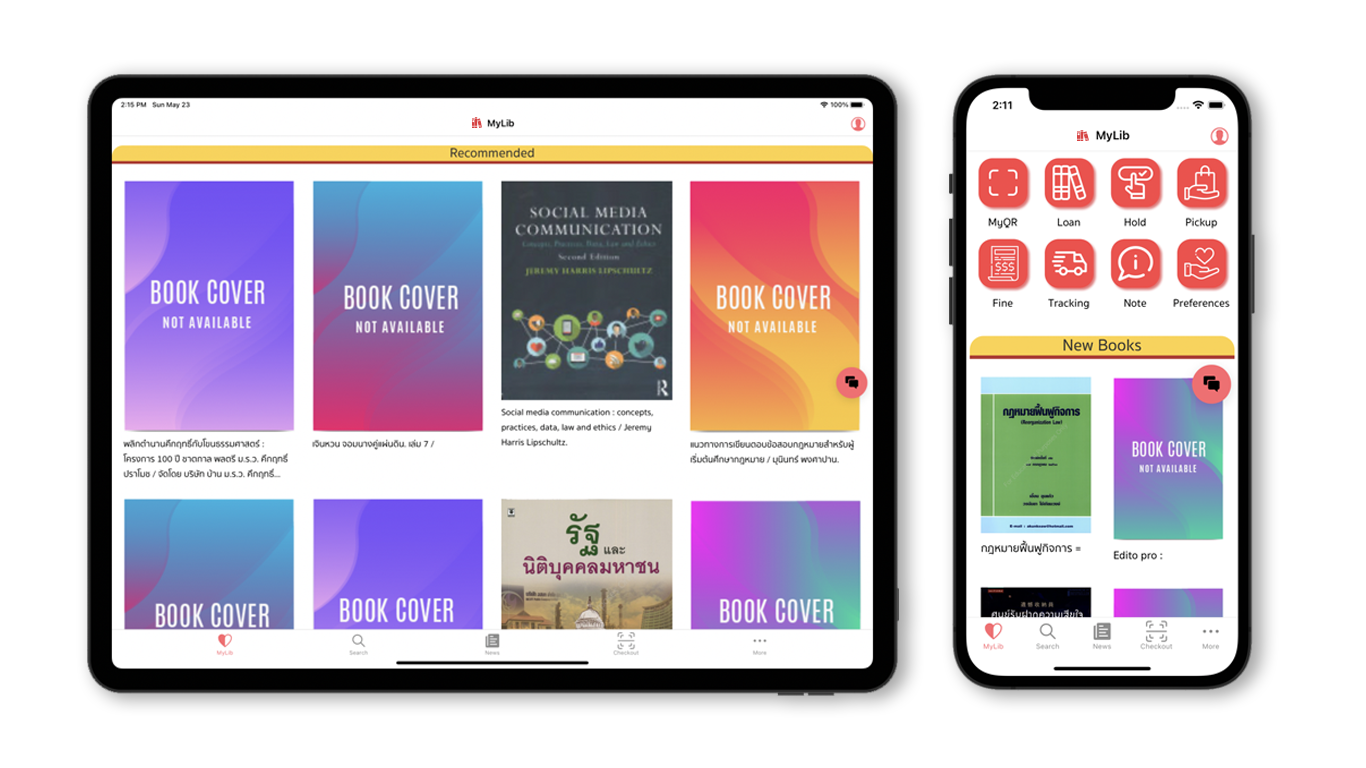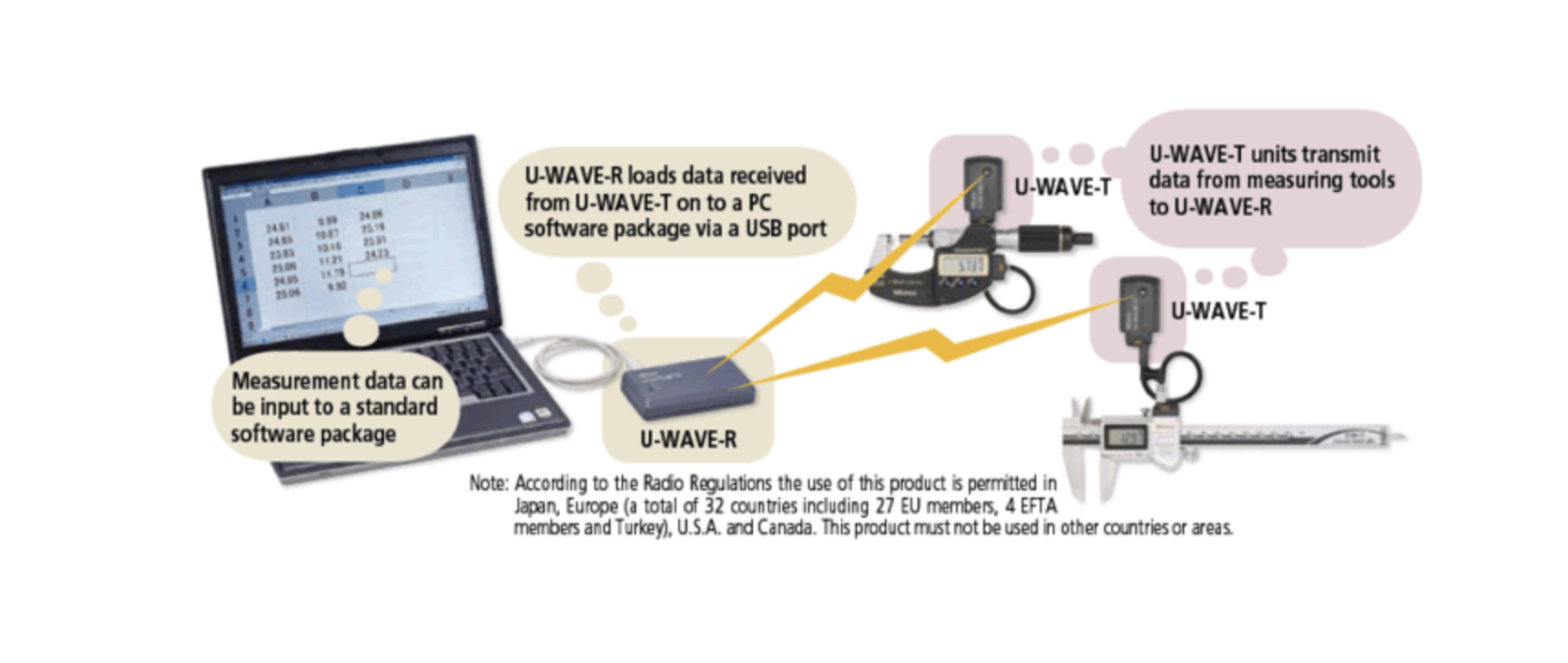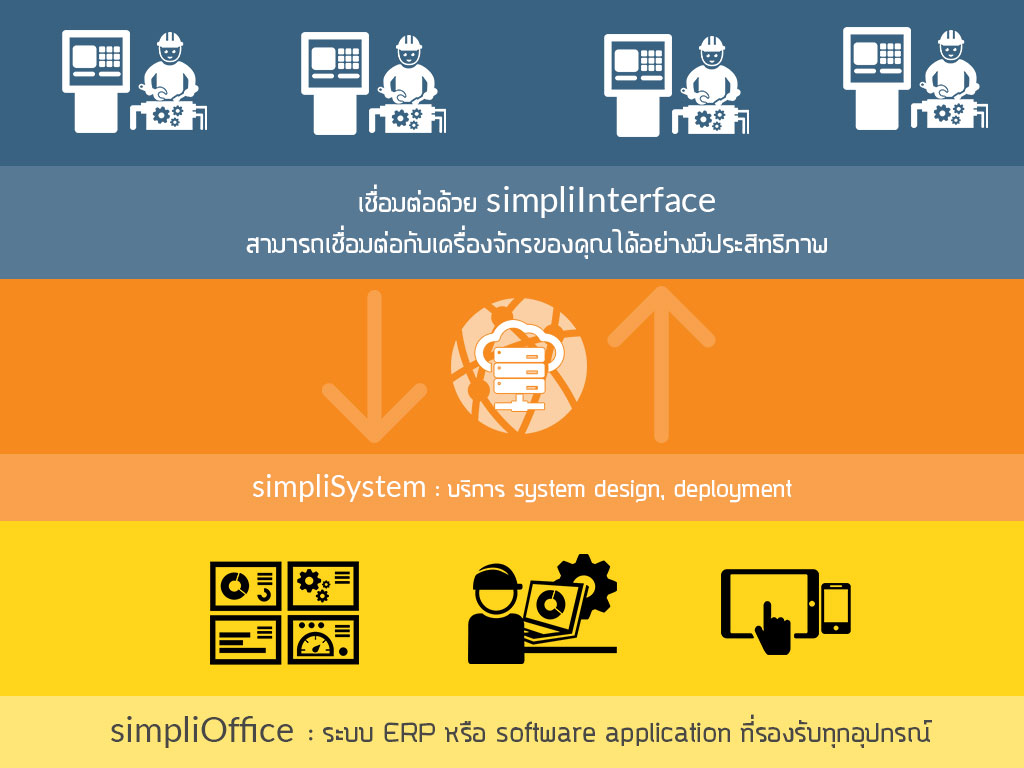PythonでPLCデータをデータベースから取得・統合する方法
PLC(プログラマブル・ロジック・コントローラ)のデータをデータベースに保存し、Pythonを使ってデータを取得・分析・可視化したい場合、このガイドが役立ちます。
MySQL, PostgreSQL, SQLite, MongoDB などのデータベースとPythonを接続し、PLCデータを処理する方法を解説します。
ステップ 1: Pythonのデータベース接続ライブラリをインストール
まず、使用するデータベースに応じたPythonライブラリをインストールします。
pip install pymysql psycopg2 sqlite3 pymongo sqlalchemy pandas- MySQL:
pymysql - PostgreSQL:
psycopg2 - SQLite:
sqlite3(Pythonに標準搭載) - MongoDB:
pymongo - ORM(複数のデータベースを統合管理):
sqlalchemy
ステップ 2: PythonからPLCデータベースに接続する
PythonでMySQLデータベースに接続
PLCデータがMySQL に保存されている場合、pymysql を使用します。
import pymysql
# MySQLに接続
conn = pymysql.connect(
host='localhost',
user='root',
password='yourpassword',
database='plc_data'
)
cursor = conn.cursor()
cursor.execute("SELECT * FROM sensor_readings")
data = cursor.fetchall()
# PLCデータを表示
for row in data:
print(row)
conn.close()PythonでPostgreSQLデータベースに接続
PostgreSQL を使用している場合は、psycopg2 を使用します。
import psycopg2
# PostgreSQLに接続
conn = psycopg2.connect(
host="localhost",
database="plc_data",
user="postgres",
password="yourpassword"
)
cursor = conn.cursor()
cursor.execute("SELECT * FROM sensor_readings")
data = cursor.fetchall()
for row in data:
print(row)
conn.close()PythonでSQLiteデータベースに接続
SQLite にデータが保存されている場合は、sqlite3 を使用します。
import sqlite3
# SQLiteに接続
conn = sqlite3.connect("plc_data.db")
cursor = conn.cursor()
cursor.execute("SELECT * FROM sensor_readings")
data = cursor.fetchall()
for row in data:
print(row)
conn.close()PythonでMongoDBデータベースに接続
MongoDB にデータが保存されている場合は、pymongo を使用します。
from pymongo import MongoClient
# MongoDBに接続
client = MongoClient("mongodb://localhost:27017/")
db = client["plc_data"]
collection = db["sensor_readings"]
for record in collection.find():
print(record)ステップ 3: PythonでPLCデータを処理
Pandasを使ってデータを整形
データをPandas DataFrame に変換すると、処理が簡単になります。
import pandas as pd
df = pd.DataFrame(data, columns=["timestamp", "temperature", "pressure", "status"])
print(df.head())ステップ 4: PLCデータをPythonで可視化
Matplotlibでグラフを作成
matplotlib を使って、PLCのセンサーデータをグラフ化 できます。
import matplotlib.pyplot as plt
df['timestamp'] = pd.to_datetime(df['timestamp'])
plt.plot(df['timestamp'], df['temperature'], label="Temperature")
plt.plot(df['timestamp'], df['pressure'], label="Pressure")
plt.xlabel("時間")
plt.ylabel("センサーの値")
plt.title("PLCセンサーデータの可視化")
plt.legend()
plt.show()ステップ 5: PLCデータをリアルタイムで取得
PLCデータを定期的に取得 するには、schedule を使用します。
import schedule
import time
def fetch_plc_data():
conn = pymysql.connect(host="localhost", user="root", password="yourpassword", database="plc_data")
cursor = conn.cursor()
cursor.execute("SELECT * FROM sensor_readings ORDER BY timestamp DESC LIMIT 10")
data = cursor.fetchall()
print("最新のPLCデータ:", data)
conn.close()
# 10秒ごとにデータを取得
schedule.every(10).seconds.do(fetch_plc_data)
while True:
schedule.run_pending()
time.sleep(1)ステップ 6: PLCデータをウェブダッシュボードに表示
PLCデータをウェブアプリケーションで表示 するには、Flask を使用します。
from flask import Flask, render_template
import pymysql
app = Flask(__name__)
def get_plc_data():
conn = pymysql.connect(host="localhost", user="root", password="yourpassword", database="plc_data")
cursor = conn.cursor()
cursor.execute("SELECT * FROM sensor_readings ORDER BY timestamp DESC LIMIT 10")
data = cursor.fetchall()
conn.close()
return data
@app.route("/")
def index():
data = get_plc_data()
return render_template("index.html", data=data)
if __name__ == "__main__":
app.run(debug=True)ステップ 7: 異常データのアラートを設定
温度や圧力が異常値を超えた場合に警告 を出すスクリプトです。
for row in data:
timestamp, temperature, pressure, status = row
if temperature > 80:
print(f"⚠️ アラート: 高温検出 {timestamp}: {temperature}°C")
if pressure > 100:
print(f"⚠️ アラート: 高圧検出 {timestamp}: {pressure} Pa")まとめ
このガイドでは、Pythonを使ってPLCデータをデータベースから取得し、分析・可視化・アラート設定・ウェブ表示を行う方法 を説明しました。
この方法を使えば、工場の自動化システム、産業IoT、リアルタイムモニタリング にPythonを活用できます!🚀
Get in Touch with us
Related Posts
- Temporal × ローカルLLM × Robot Framework 日本企業向け「止まらない・壊れない」業務自動化アーキテクチャ
- RPA × AI: なぜ「自動化」は知能なしでは破綻し、 知能は制御なしでは信頼されないのか
- 国境紛争・代理戦争をどうシミュレーションするか
- 検索とアクセスを最初に改善する 大学図書館の戦略的価値を最短で回復する方法
- 工場とリサイクル事業者をつなぐ、新しいスクラップ取引プラットフォームを開発しています
- Python で MES(製造実行システム)を開発する方法 ― 日本の製造現場に適した実践ガイド ―
- MES・ERP・SCADA の違いとは? ― 製造業における役割と境界を分かりやすく解説
- なぜソフトウェア開発の学習はこんなにも「つらい」のか ― そして、その解決方法
- 企業はどちらを選ぶのか:GPT型AIか、Gemini型AIか
- GPT-5.2 が GPT-5.1 より真価を発揮する実務ユースケース
- ChatGPT 5.2 と 5.1 の違い ― たとえ話でわかりやすく解説
- なぜ成長する企業は 既製ソフトウェアでは限界を迎えるのか ― 成功している企業が選ぶ次の一手 ―
- コンピュータビジョンのエッジ化と低リソース環境:日本企業における課題と新たな機会*
- Simplico — 企業向けAIオートメーション & カスタムソフトウェア開発(日本市場向け)
- AIによる予知保全 ― センサーから予測モデルまでの全体像
- 会計業務におけるAIアシスタント ― できること・できないこと
- なぜ中小企業はERPカスタマイズに過剰なコストを支払ってしまうのか — そしてその防ぎ方
- なぜ SimpliShop を開発したのか —— 日本の中小企業の成長を支えるための新しい EC プラットフォーム
- ファインチューニング vs プロンプトエンジニアリングを徹底解説 ― 日本企業がAIを活用するための実践ガイド ―
- 精密灌漑(Precision Irrigation)入門



